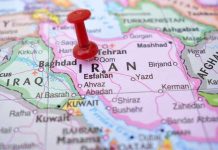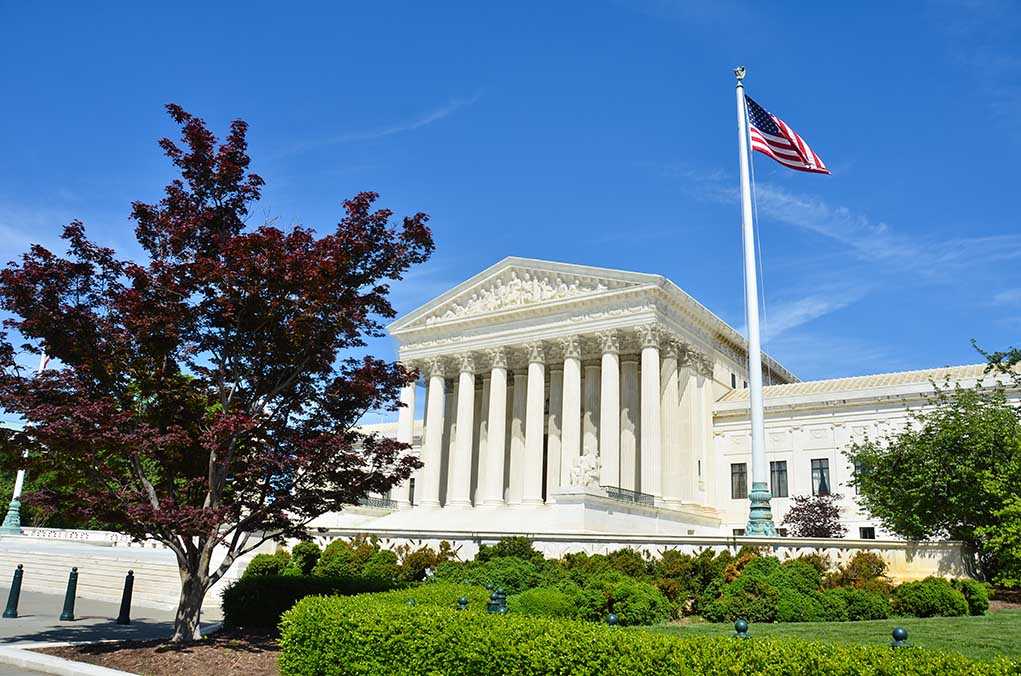
A landmark cease-fire agreement between Israel and Hamas has been reached, suggesting significant diplomatic efforts involving former President Trump, Qatar, and Egypt, alongside the release of hostages.
At a Glance
- The cease-fire deal includes the release of hostages.
- Negotiations involved the Qatari PM and U.S. diplomacy.
- Cease-fire scheduled to begin imminently, with phased hostage release.
- Hostages include women, children, and elderly; overseen by the International Red Cross.
Facilitated Cease-Fire and Hostage Deal
Israel and Hamas have agreed on a long awaited cease-fire that will facilitate the phased release of hostages, an effort brokered by Qatari Prime Minister Mohammed bin Abdulrahman bin Jassim Al Thani, the Egyptian government, and under considerable diplomatic pressure from the United States. A key aspect of this agreement involves the scheduled release of hostages prioritized based on vulnerabilities, such as women, children, and older men held since the beginning of the conflict on October 7, 2023.
The hostages’ release comes in exchange for the phased release of approximately 1,000 Palestinian prisoners, with efforts to manage re-entry locations and humanitarian assistance entering Gaza being put into rigorous logistical planning. This decision marks not just a halt to recent escalations in the conflict but also provides a sigh of relief to countless families both in Israel and abroad, anxiously waiting for their kin to return safely.
As World Awaits Hamas Ceasefire-Hostage Deal Decision, Israelis Weigh Benefits, Pitfalls https://t.co/ayRgAb98gC
— CBN News (@CBNNews) January 15, 2025
A Shift in Diplomatic Strategies
This crucial agreement came amid the ordinary chaos of transitional U.S. governance, where former President Trump played a charismatic role, characterized by aggressive negotiation tactics. The involvement of international allies, such as Qatar and Egypt, was critical. Qatari Prime Minister Mohammed bin Abdulrahman noted the Qatari role, emphasizing that the pact requires detailed follow-through on outstanding sections yet resolved with final touches in diplomatic parleys.
This ceasefire signals more than just an end to immediate hostilities: it allows humanitarian support to besieged civilians in Gaza, admitting an upward of 600 trucks of necessary life supplies daily into the region. Unanimously declared, even President Joe Biden extended his acknowledgment and encouragement toward continued peaceful negotiations to end this chapter of volatile violence.
Israel and the highest ranks of Hamas have now agreed to the core elements of the hostage release-ceasefire deal on the table, but both sides are continuing to haggle over the details of the proposal, according to officials familiar with the negotiations. https://t.co/Vn81KuDCNB pic.twitter.com/eLCfxA2QlG
— ABC News (@ABC) January 15, 2025
Future Prospects and Challenges
While hailed as a step toward peace, there remains an undercurrent of potential threats from groups within Hamas or dissident political factions unsure of their own futures within Gaza and Israel. The ceasefire is expected to last six weeks, during which discussions on the long-term governance structure will continue, possibly involving a reformed Palestinian Authority.
“The best day in my life and the life of the Gaza people. Thank God. Thank God.” – Abed Radwan
The situation brings uncertainty for recovery and rebuild efforts in Gaza, strained under previous military action and compounded by political instability. Meanwhile, the families of the hostages, including the seven American citizens, continue to stress the urgent need for a safe homecoming. Their pleas, interwoven with relief, reverberate amid a region striving for solace from the echoes of conflict.











